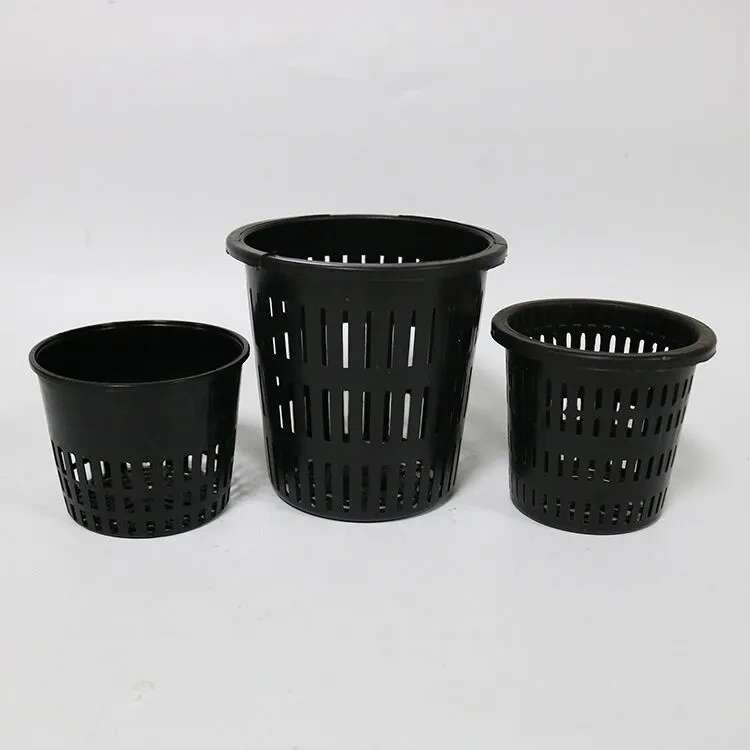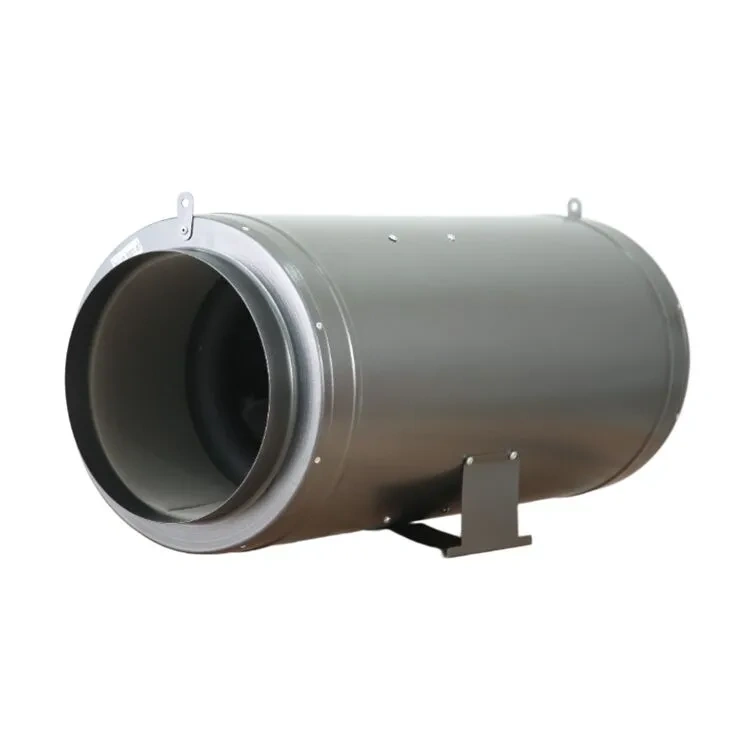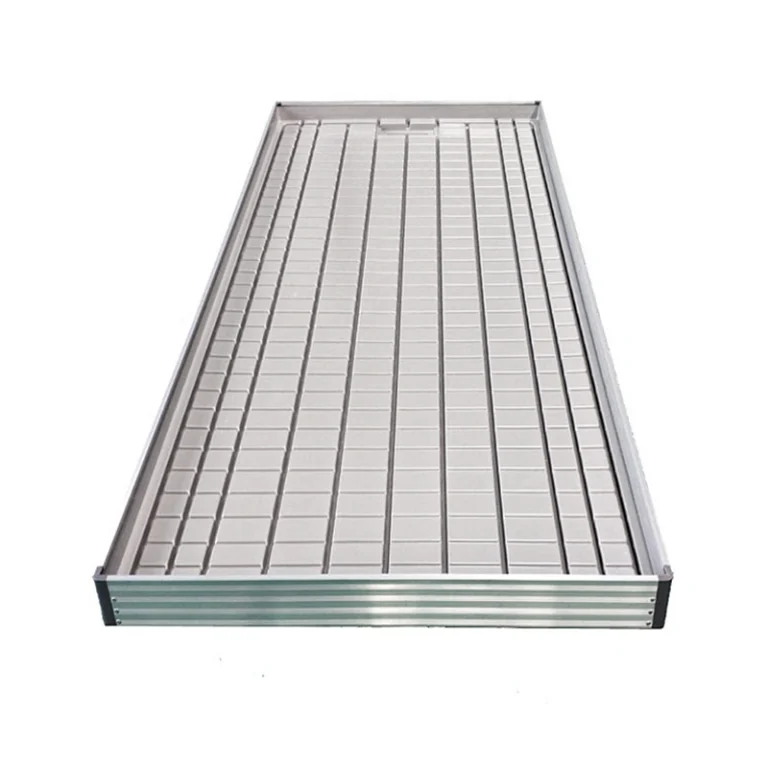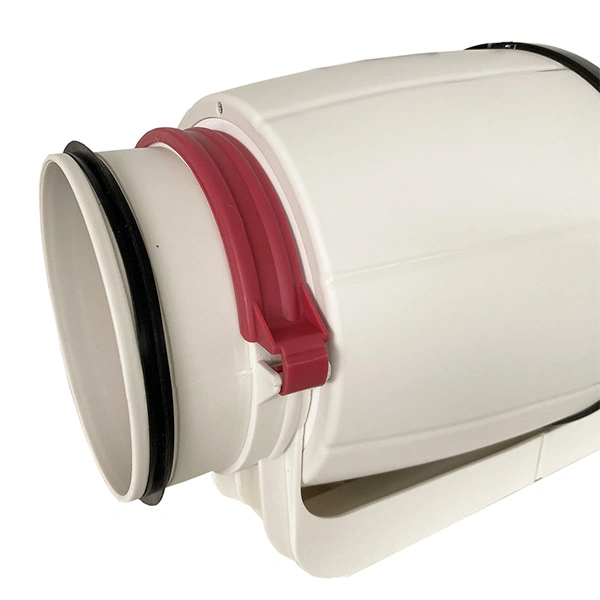How Do Hydroponic Indoor Garden Kits Compare to Traditional Gardening in Cost Breakdown?
Hydroponic indoor garden kits and soil gardening show different costs. You see this in start-ups and daily spending. Each way impacts your money in its own manner.
Initial Setup Costs: What’s Needed to Get Started?
You need certain items to begin either path. The price changes with your choices.
Equipment and Material Investment for Hydroponic Kits
Hydroponic indoor garden kits ask for more money at the start. They call for special tools. This covers grow lights, nutrient liquids, water movers, and holders for growth without dirt. The horticulture product includes all the products you need for different stages of indoor growing.
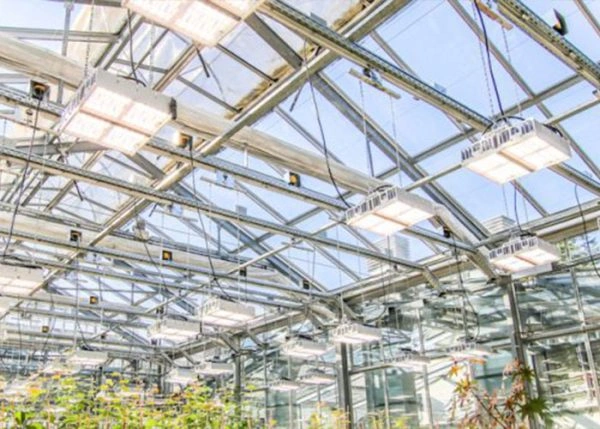
Tools, Soil, and Infrastructure in Traditional Gardening
Soil gardening uses basic items. You get trowels, hoses, soil helpers, pots, or beds. Fences or water lines might come in, too. These cost less to begin. But you buy more over time, like soil fixes and plant food. For example, Mini Black Plastic Square Flower Pot and Round Fabric Pots Plant Pouch Root Container Grow Bag give cheap ways to plant. They miss the built-in water or nutrient paths, however.
Ongoing Expenses: Which Method Saves More Over Time?
Daily costs come from water, plant food, and care. The two ways handle these in separate styles.
Water, Nutrients, and Energy Usage in Hydroponic Systems
Hydroponic setups save on resources. They reuse water in a loop. Plant food goes right to the roots. According to the research article “Hydroponics: Current Trends in Sustainable Crop Production” published on PubMed Central (PMC), hydroponic farming techniques have been found to reduce water usage by up to 90% compared to conventional soil-based farming. This depends on your build. New LED grow lights last around 50,000 hours. This lowers swap costs later.
Fertilizers, Watering, and Maintenance in Soil-Based Gardening
Soil gardening calls for steady watering. It often wastes some. You add plant food by season. These can wash away. Weeding and bug control take extra effort. Unlike hydroponics’ spot-on feeding, soil ways can waste or spread things wrong.
Yield vs. Cost Efficiency: Which Offers Better ROI?
Growth amount against cost counts. Both paths give unique returns.
Crop Turnover and Productivity in Hydroponic Kits
Hydroponic indoor garden kits speed up plant growth. They give steady nutrients and set spaces. This means more picks each year, no season wait. More plants per area bring better money back over time.
Seasonal Limitations and Output in Traditional Gardens
Soil gardens follow weather changes. This cuts growth times unless you build extras like glass houses. Bugs or storms can wreck plants. Hydroponics skips most of these problems.
Are Hydroponic Indoor Garden Kits More Space-Efficient Than Soil Gardening?
Space matters a lot. Hydroponics and soil gardening use it differently.
Maximizing Yields in Limited Indoor Spaces
Hydroponics work well in tight spots. They get the most from small areas.
Vertical Farming and Compact Design in Hydroponic Systems
Hydroponic setups plan for little room. Many have stack trays or piece parts. These grow well in a small space. They suit city homes or flats. Plastic Hydroponics Grow System Nursery Table Tray holds many plants well. It cuts work too.
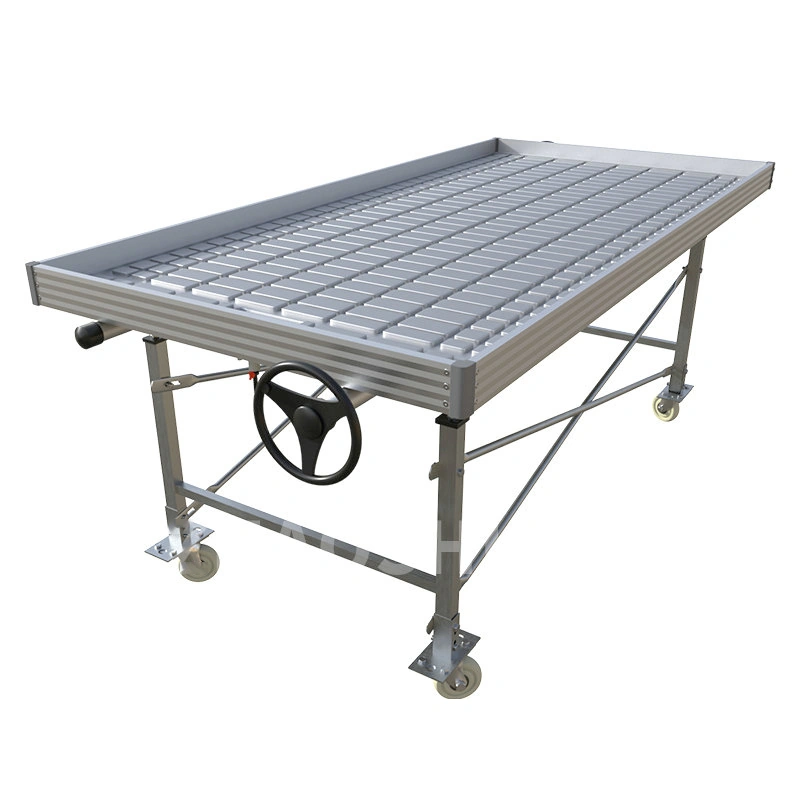
Space Requirements for Soil-Based Gardening
Soil gardening takes flat ground for beds or pots. This limits indoor growth. Small pots like Mini Black Plastic Square Flower Pot give less root room. Hydroponic plants get food more easily, so they do better.
Indoor Adaptability: Which Method Fits Urban Living Better?
City living changes gardening. One way suits it more.
Year-Round Growing with Hydroponic Kits
Hydroponic indoor garden kits grow at any time. They ignore the outside weather. Set lights and heat make good growing spots always.
Space Constraints and Weather Dependency in Traditional Gardening
Soil gardening needs open air and nice weather. Cities are short on both. This makes steady indoor growth hard without major fixes.
Which Gardening Method Offers Better Control and Sustainability?
Control and green ways count. Each path has its pluses.
Environmental Impact: Water and Resource Efficiency
Saving water and items is important. The methods vary here.
How Hydroponics Minimizes Water Waste
Hydroponics reuses water in a closed loop. You change it less. This lowers water use against soil ways where it runs off.
Soil Erosion and Pesticide Concerns in Traditional Gardening
Soil gardening can hurt the land. It leads to dirt loss and chemical wash if not watched. This harms nature and soil over the years.
Pest and Disease Management: Which Is Easier to Maintain?
Plant health care differs. One way is simpler.
Closed-System Protection in Hydroponic Kits
Hydroponic setups stay shut. This blocks bugs and sickness from getting in. You need fewer chemicals. Plants stay stronger and more even.
Common Soil-Borne Issues in Outdoor Gardening
Soil gardens get fungi, worms, and weeds. These need much time or chemicals to stop. This can go against green aims.
Customization and Automation: Is Hydroponics More Scalable?
Growing bigger means different steps. Auto helps one way.
Smart Monitoring and Nutrient Control in Hydroponic Systems
Many hydroponic kits have auto parts. Timed lights or food adders. They link to smart home tech. This lets for bigger growth with less hands-on.
Manual Labor and Seasonal Adjustments in Soil Gardening
Soil gardens take more work to expand. You change with the seasons, like cold covers or plant switches. This needs skill or aid.
What Are the Practical Considerations for Beginners Choosing Between Hydroponic Kits and Traditional Gardening?
New folks face picks. Ease and time play roles when starting.
Learning Curve and Ease of Use
Each path has its learn way of learning. One is easier for starters.
Plug-and-Play Hydroponic Kits for New Gardeners
Many hydroponic kits suit beginners. They have easy controls that run growth steps like lights and food.
Trial and Error in Traditional Soil Gardening
Soil gardening needs tests to learn. You find water needs, bug fixes, or plant fits. This can upset new gardeners.
Time Commitment and Maintenance Requirements
Gardening time changes. One cuts it.
Scheduled Automation in Hydroponic Systems
Hydroponic kits use timers for water or food. This lowers daily tasks against soil.
Daily Tasks and Manual Upkeep in Soil Gardens
Soil gardens need regular checks. You weed, water by hand, or add food. These build up in peak times.
Aesthetic and Lifestyle Fit: Which Suits Your Home Better?
Looks and lifestyle shape choice. One fits homes more.
Sleek Indoor Integration with Hydroponic Designs
Hydro kits have neat, current looks. They blend in homes without dirt spills or open roots. Good for kitchens or sitting rooms.
Outdoor Setup and Space Planning for Soil Gardens
Soil gardens need to be set in outdoor spots. This does not work for flat dwellers without balconies. You plan for sun zones, too.
What Makes TIDESTAR’s Hydroponic Indoor Garden Kits Stand Out?
TIDESTAR gives strong hydroponic kits. They match city life and green needs.
Who We Are: Introducing TIDESTAR and Our Mission
At TIDESTAR, we’re dedicated to transforming how people grow food at home by offering intelligent hydroponic indoor garden kit solutions tailored for today’s urban lifestyles. Our mission centers on empowering individuals—even those without prior gardening experience—to cultivate fresh produce sustainably right from their living spaces.
Commitment to Innovation in Home Hydroponics drives us forward as we continuously refine our technologies based on real-world feedback while staying aligned with eco-friendly practices.
Key Features of TIDESTAR Hydroponic Kits
Our hydro kits feature a Modular Design for Flexible Indoor Placement, allowing users to expand their system easily as their needs grow.
Built-in Automated Lighting and Watering Systems ensure optimal growth conditions without constant supervision.
With a Low-Maintenance Setup Ideal for Beginners, even first-time growers can enjoy consistent yields without steep learning curves.
Why Choose TIDESTAR Over Other Hydroponic Brands?
TIDESTAR stands out through measurable performance indicators such as high yield-to-energy ratios, thanks to advanced LED integration; robust construction ensures longevity; customer reviews highlight ease-of-use across all skill levels.
From herbs on countertops to leafy greens grown vertically—we’ve helped thousands turn small spaces into thriving micro-farms using our trusted solutions backed by responsive support teams ensuring long-term satisfaction.
FAQ
Q: What is the cost difference between a hydroponic indoor garden kit and traditional gardening?
A: While hydro kits have higher upfront costs due to equipment like LED lights or pumps, they save money over time through lower water use, faster yields, fewer pest issues, and no need for soil amendments each season.
Q: Are hydroponic indoor garden kits suitable for small apartments?
A: Yes! Many are designed specifically for compact spaces using vertical stacking modules or countertop-friendly formats ideal for urban dwellings lacking outdoor access.
Q: How does maintenance compare between traditional gardening and hydro kits?
A: Traditional gardens require daily tasks like watering/weeding; most hydro kits automate these functions, making them easier to manage, especially if you have a busy schedule.
Q: Which method gives better results indoors – hydro vs soil?
A: Indoors, hydro systems generally outperform soil due to controlled environments enabling faster growth cycles without dependency on sunlight/weather variability common with potted plants indoors.
Q: What should beginners look for when choosing a hydro kit?
A: Look for plug-and-play models offering automation (lighting/watering), modular expandability as your confidence grows—and reliable customer support like what’s offered by TIDESTAR’s beginner-friendly lineups.
